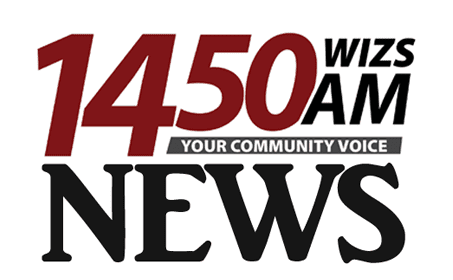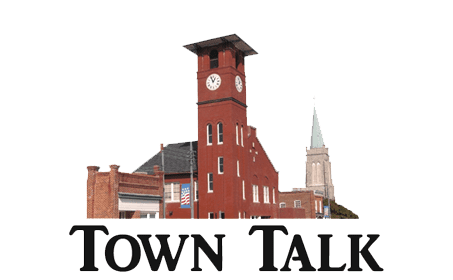New VGCC Scholarship established in memory of Sam Watkins
/by WIZS StaffA new scholarship at Vance-Granville Community College will honor the memory of longtime Vance County business and community leader Sam Watkins Jr.
His son, Trey Watkins of Wake Forest, recently visited VGCC to formally establish the “Sam Watkins Jr. Academic Achievement Scholarship” on behalf of himself and his wife, Sarah.
Sam Watkins, who died in 2014 at the age of 80, was a graduate of the University of North Carolina at Chapel Hill and a U.S. Army veteran. For many years, he was the president of Rose Oil Company, a member and chairman of the Henderson-Vance Economic Development Commission, and a member of the Maria Parham Medical Center Board of Trustees.
Watkins co-founded the Henderson Downtown Development Corporation, from which the North Carolina Main Street Program evolved. In 2008, he and his twin brother, George, were the recipients of the Community Hero Award given by the Vance County Commissioners for making the community a better place in which to live. He was a recipient of the Order of the Long Leaf Pine and, in 1985, he was Vance County’s Outstanding Citizen of the Year. He served on the local Salvation Army Advisory Board, the Citizens Bank and Trust Company Board, and chaired the local North Carolina National Bank (NCNB) Board in Henderson. In his later years, his proudest accomplishment was the forming of the Embassy Cultural Center Foundation, responsible for building a new public library and cultural center in Henderson. Watkins was also a beloved father and grandfather.
In awarding the new scholarship, preference will be given to students in the VGCC Nursing program. “We would like to support students with compassion, who show commitment and pride in their work in the health care field,” Trey Watkins said. “My father loved both the hospital and the college, so this would be a fitting tribute.”
Sam Watkins supported and partnered with the college in his economic development roles, and VGCC President Dr. Stelfanie Williams remembered him with fondness. “Sam Watkins was a tireless leader and advocate for his community,” Dr. Williams said. “His legacy of service will continue through a scholarship that will help Vance-Granville students for generations to come.”
Just as Trey is establishing this scholarship in his father’s memory, Sam and George Watkins endowed the S.M. Watkins Sr. Memorial Academic Achievement Scholarship at VGCC to honor their father in 1991.
Through the Endowment Fund, VGCC has awarded more than 8,500 scholarships to students since 1982. Scholarships have been endowed by numerous individuals, industries, businesses, civic groups, churches and the college’s faculty and staff. Tax-deductible donations to the VGCC Endowment Fund have often been used to honor or remember a person, group, business or industry with a lasting gift to education. For more information about the Endowment Fund, call (252) 738-3409.




